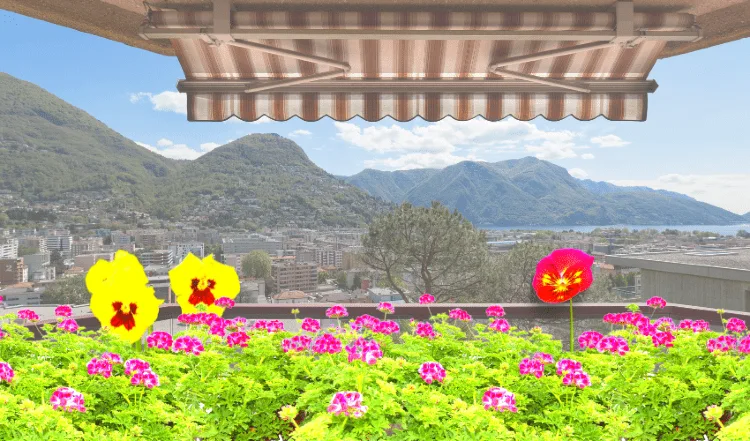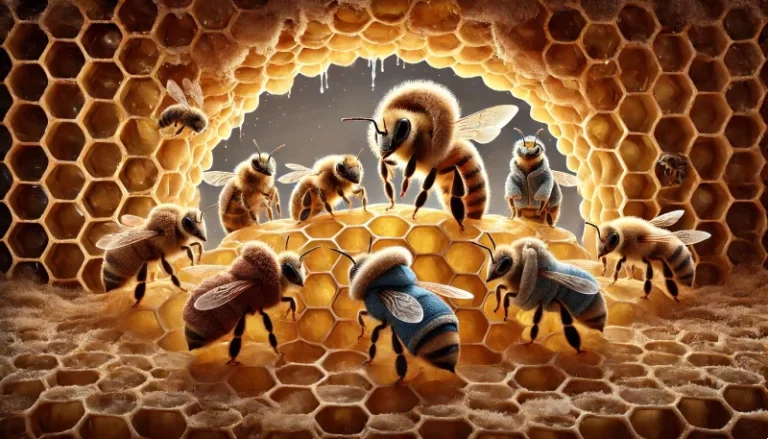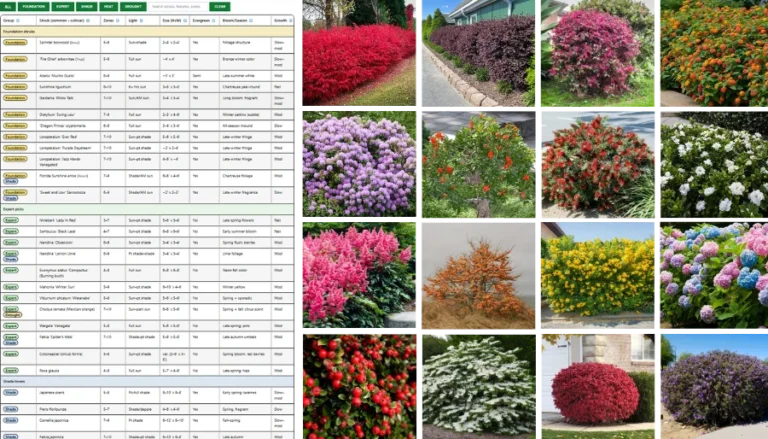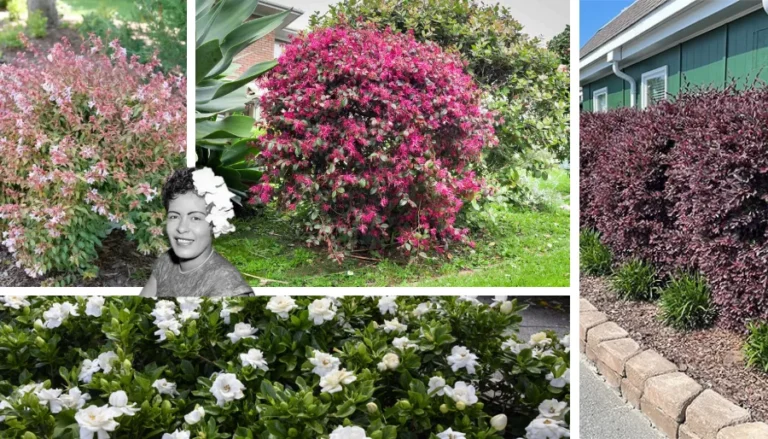Even if you have a shady balcony, you can grow a beautiful and colorful garden.
Don’t let the lack of full sun deter you. There are many varieties of beautiful plants that thrive in the shade.
Follow my five simple steps below, and you’ll turn your boring, dreary balcony into your own private oasis in no time. I also tracked down a good video on exactly this subject, if you’d prefer to watch instead of read.
5 Steps To A Lush Balcony Garden Without Full Sun
Step 1: Size up your useable balcony space.
Take a look at your balcony and judge how much space you want to use for your garden. Get an idea of the overall look you’re for as well.
You can make your garden as large as your space will allow. Of course, make sure you leave space to comfortably care for your plants. And don’t forget to give yourself some extra room so you (and a guest) can sit out and enjoy what you’ve grown.
You’ll want to determine what style of containers you’ll need and how many.
So many fun options here! They are containers that attach to the railing. You could also use hanging baskets to maximize space. And there’s always the option to use a shelf system.
This is your garden, have fun and create the garden of your dreams.
Step 2: Time to choose your shade-loving plants.
Now that you have your garden’s design in mind, it’s time to select your plants.
I’ve included a handy list of popular shade loving options below.
You can plant each type of plant in its own container or create a beautiful arrangement of plants with varying colors and heights.
Just be sure to make a list of the plants you want to take to the nursery with you. You will want to add a few extra types in case some of your choices aren’t available.
Step 3: Nursery Trip!
Now it’s time to head to the nursery for your plants and supplies. If you’re anything like me, you love trips to the local nursery.
Here’s a list of supplies that you’ll most likely need:
- Containers
- Good quality potting soil (enough to fill each container)
- Slow release fertilizer
- Small pebbles for drainage (enough for a layer in each container)
- Mulch (enough to top each container)
- Plants
- Watering Can
Once you have your containers and supplies, it’s time to pick out your plants.
Make sure you pay attention to the recommended spacing for each plant. Never overcrowd a plant!
Be sure to check that each plant has a care instruction tag with it, as this will help you care for your plants properly. I think of these tags as a cheat sheet, and I save every one I get in a binder.
It’s helpful to group plants with the same care requirements in the same container. It’s not necessary, but speaking from experience, it makes it much easier on you as you care for them.
Step 4: Time To Start Arranging
Now begins a bit of the manual labor associated with growing beauty. Take all of your plants and supplies out to your balcony and follow these steps:
- Place a layer of small pebbles on the bottom of each container to help with drainage.
- Fill each container 3/4 full of potting soil.
- Place the recommended amount of slow release fertilizer for each size container and mix into the soil.
- Place each plant into the containers according to your design (make sure tallest growers are in the back and lowest in the front), and place soil around each plant. Leave a little space at the top of the container for a layer of mulch.
- Water the plants, being careful not to overwater and drown the roots.
- Apply a layer of mulch around each plant and cover all soil. This will help retain moisture in the soil and control weeds.
Step 5: It's design time!
Arrange your containers according to the design you chose. Remember, there are no rules for this step, except to leave enough room to properly care for the plants.
With proper care, your shade garden will provide a beautiful space for you to enjoy. Have fun and enjoy your new container garden.
List of Shade Loving Plants for Your Container Garden

Begonia
Begonias are among the most popular houseplant for a reason. They're easy to care for and come in an impressive assortment of bright colors. While these flowers have tropical and subtropical origins, they do very well in shaded beds.

Bleeding Hearts
This plant got its name for its pillow-like, heart-shaped flower that dangles like a single drop. Bleeding hearts are shade-loving woodland plants that bloom in the spring and don't do well in sunlight. Give them some shade and you'll enjoy blooms every year.
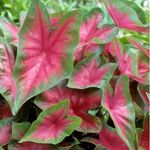
Caladium
You probably better know caladium by their common name of elephant ear or angel wings. These plants are seasonal, with bright colorful foliage followed by a season of rest.

Coleus
Coleus is a tender tropical plant. As such, warmer climates can grow coleus as garden perennials, where they resemble small shrubs with thick woody stems. While they enjoy heat, these plants don't do well in direct sunlight and do thrive in container gardens.

Coral Bells
Coral bells do best in partial shade, particularly in hotter climates. Direct sun with fade these colorful foliage superstars, and you don't want that. Once planted, they're low maintenance plants, so sit back and enjoy.

Creeping Jenny
Also known as moneywort, Creeping Jenny is a perennial with bright, small yellow flowers. Now, these little blooms don't last long, so select the creeping jenny for its colorful foliage and ability to thrive in the shade.
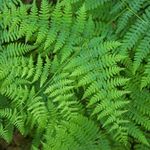
Ferns
Ferns are one of the oldest groups of plants on Earth, with fossil records dating back 383 to 393 million years ago. Now that fun fact is what I consider a strong conversation starter!

Forget-Me-Not
Forget-me-nots are easy-to-grow plants that require little maintenance. Interesting fun fact about these beautiful flowers - they are one of only a few flowers worldwide that can be a true blue color.

Fuchsia
While the genus itself includes over 100 woody shrubs and trees, our familiar fuchsia is primarily a hybrid chosen because they are ideal for hanging baskets and other containers.
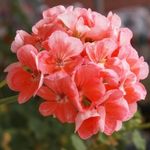
Geraniums
Talk about an iconic, fragrant garden flower! Home gardeners have been in love with this flower for two centuries. They're beautiful and easy to care for in hanging baskets, containers or flower beds.

Hellebore
This evergreen was exclusively the domain of specialty plant collectors, but recent hybridizing has created multiple varieties that are as low maintenance as they are beautiful. While not related to the rose (at all), the most popular varieties are the Lenten rose and Christmas rose.

Hosta
With hundreds of varieties of hostas available, you can choose from an almost unlimited assortment of color options. Typically, this shade-tolerant, low-growing, clump-forming perennial is grown only for their beautiful leaves.
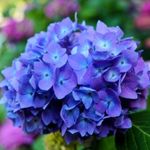
Hydrangea
Hydrangea is a genus of over 75 species of flowering plants. Lots of options for your balcony garden! Most are shrub size, but some are small trees. Other varieties are climbers and can work their way up even 50-foot trees.
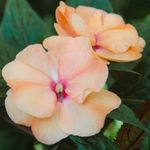
Impatiens
Impatiens do well in shade and are known to be low maintenance plants that thrive in container gardens. These beauties will grow one to three feet high and come in a wide array of colors. Some even offer double flowers that look like mini roses.
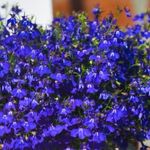
Lobelia
A member of the bellflower family, lobelia is the most popular perennial variety. With hundreds of types of lobelia, you can get creative and incorporate multiple colors throughout your balcony.

Pansies
Pansies are a form of cultivated, hybridized violet celebrated for their large multicolored flat flowers and their low-maintenance desire for cool, shady places.
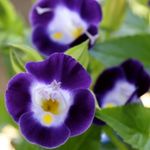
Torenia
These stunning plants are popularly known as wishbone flower due to the unique wishbone shape in the center of each flower. Slightly resembling snapdragons, the flowers can be white, yellow, pink, violet, or purple, and average 6 inches tall.

Sweet Potato Vine
Ornamental sweet potato vines are perfect for container gardening. While they're related to edible sweet potatoes, these plants are only ornamental and should not be eaten. But they're beautiful, fast-growing perennials that are native to the U.S.
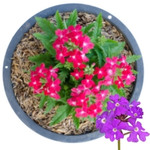
Verbena
Talk about options! Verbenas vary considerably in size. You can choose a ground-skimming verbena that's under 1 foot tall but can cover up to 5 feet in width. Or, a verbena variety that grows up to 5 feet tall with very little ground cover. Have fun!

Vinca
A well-established ground hugger, vinca prefers a shady or partially shady location. While this plant is extremely drought tolerant, it does best in slightly moist, well-drained soil.
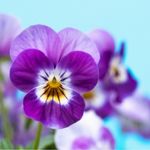
Violas
These fast-growing and edible flowers are widely used as garden plants and are small-flowered annuals or short-lived perennials. Most varieties will self-seed, making them very low maintenance choices for your balcony garden.
You can also plant varieties that bloom at different times of the season in the same container, so you will always have something in your container that is blooming.
Once you have placed your plants into the containers, place soil around each plant, then water and apply a layer of mulch around each plant to help retain moisture.







